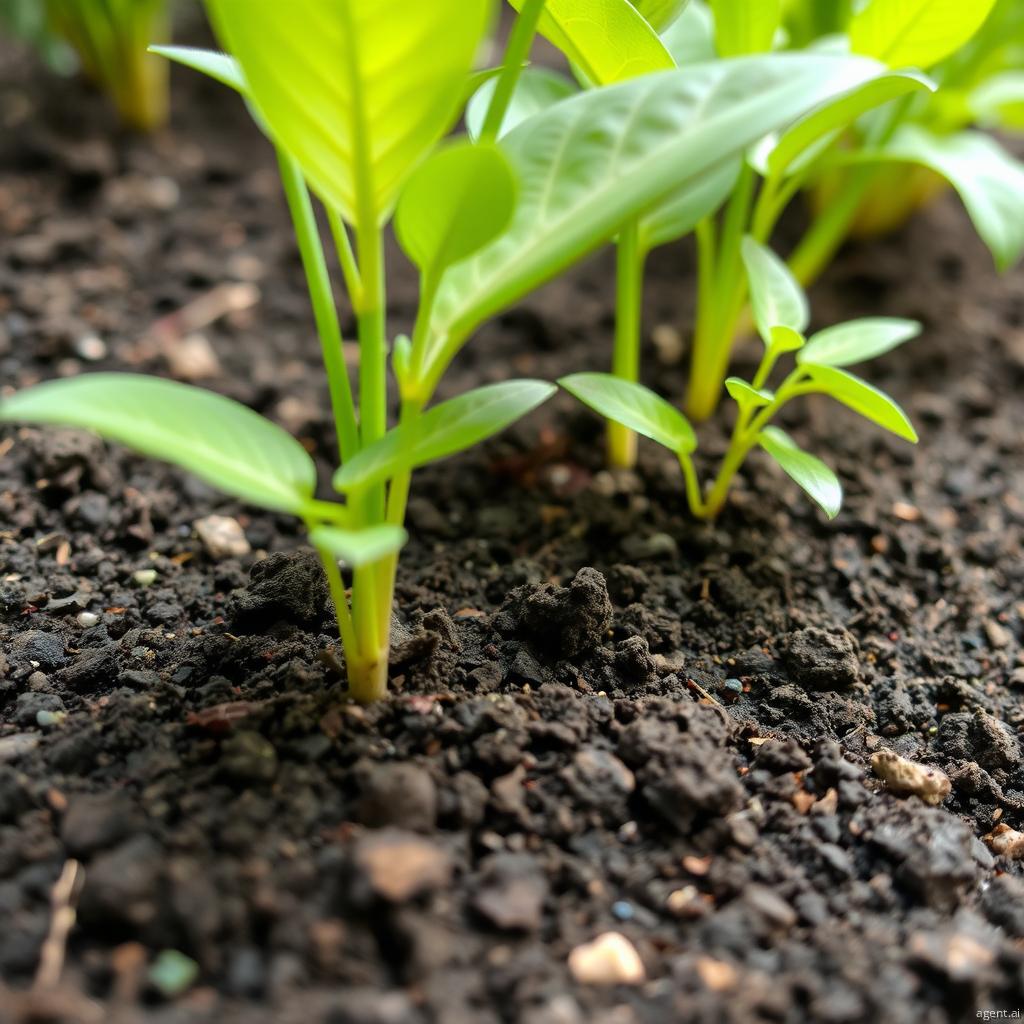Chlorpyrifos, Serratia Marcescens, and
the Hidden Health Crisis
In recent years, concerns have grown over the widespread use of toxic chemicals and their impact on human health, agriculture, and the environment. Among these, Chlorpyrifos and Serratia Marcescens have drawn significant attention, particularly due to their suspected presence in aerial spraying and chemtrail activities over Queensland and Victoria, particularly.
These substances have been linked to neurological disorders, respiratory illnesses, and immune suppression, raising serious questions about their long-term effects on public health.
Chlorpyrifos: The Toxic Pesticide in Our Air and Water
What is Chlorpyrifos?
Chlorpyrifos is an organophosphate pesticide used primarily in agriculture to control insects on crops, livestock, and in urban pest management. Despite being banned in many countries, including the European Union and the United States, it remains widely used in Australia.
Health Effects of Chlorpyrifos Exposure
When inhaled, ingested, or absorbed through the skin, Chlorpyrifos disrupts the nervous system by inhibiting acetylcholinesterase, an enzyme essential for nerve function. This can result in:
-
Neurological damage – Linked to cognitive impairment, memory loss, and developmental disorders in children.
-
Respiratory issues – Can trigger asthma, chronic bronchitis, and lung inflammation.
-
Endocrine disruption – Interferes with hormonal balance, potentially leading to infertility and thyroid dysfunction.
-
Immune suppression – Weakens the body’s natural defense mechanisms, increasing vulnerability to infections.
Is Chlorpyrifos in Chemtrails?
There is growing speculation that Chlorpyrifos is being dispersed through aerial spraying or chemtrails in Queensland, South Australia and Victoria.
While official sources deny this, independent water and soil testing in various regions has shown elevated levels of organophosphates, raising concerns about widespread contamination beyond agricultural areas.
Serratia Marcescens: The Bacterial Threat in the Sky
What is Serratia Marcescens?
Serratia Marcescens is a pathogenic bacterium commonly found in hospital settings, water systems, and contaminated environments. It has been identified as a key contributor to nosocomial (hospital-acquired) infections, but its presence in aerial spraying and environmental contamination is a growing concern.
Health Risks of Serratia Marcescens
-
Respiratory infections – Linked to pneumonia, lung infections, and chronic respiratory diseases.
-
Urinary tract infections (UTIs) – A frequent cause of antibiotic-resistant UTIs.
-
Wound and eye infections – Particularly dangerous for immune-compromised individuals.
-
Sepsis and organ failure – In severe cases, systemic infections can lead to multi-organ failure.
Serratia Marcescens and Chemtrails
There is circumstantial evidence suggesting that aerosolized bacteria, including Serratia Marcescens, may be dispersed via aerial operations in Queensland and Victoria. Reports from affected communities note a rise in respiratory illnesses and unexplained infections following observed chemtrail activity.
Cloud Seeding and Aerosolized Spraying: A Government-Admitted Practice
While many dismiss chemtrails as a conspiracy, Australian state government websites openly acknowledge cloud seeding and aerial spraying operations. These programs, allegedly designed to induce rainfall or control weather conditions, involve dispersing chemical agents, heavy metals, and biological substances into the atmosphere.
-
New South Wales and Tasmania have public records detailing cloud seeding projects, which involve the release of silver iodide and other compounds.
-
Queensland and Victoria have records of aerial spraying for “vector control” and “environmental management,” yet the full disclosure of substances used remains unclear. However, the testing on 'fallout' suggests this is so.
-
Documents from various agencies mention bioengineered bacteria and chemical compounds being tested in environmental modification programs.
This raises concerns about whether substances like Chlorpyrifos and Serratia Marcescens are being introduced into ecosystems under the guise of weather control or pest management.
The Impact on Queensland’s and Victoria's Population and Agriculture
Public Health Concerns
Queensland and Victoria has seen an increase in respiratory illnesses, neurological disorders, and autoimmune diseases, particularly in areas reporting heavy aerial spraying. Many residents have reported symptoms including:
-
Chronic fatigue and brain fog
-
Persistent coughs and breathing difficulties
-
Increased allergies and skin irritations
-
Weakened immune function and frequent infections
Effects on Agriculture and Soil Health
Both Chlorpyrifos and Serratia Marcescens have detrimental effects on soil microbiology and crop health:
-
Chlorpyrifos disrupts beneficial soil microbes, reducing the ability of plants to absorb nutrients and naturally resist pests.
-
Serratia Marcescens can colonize plants, leading to root rot, fruit decay, and crop losses.
-
Soil degradation from repeated chemical exposure weakens ecosystems, forcing farmers to increase their dependence on synthetic fertilizers and pesticides.
Solutions: How We Can Change This:
1. Living Microbes Can Restore Balance
Despite the damage caused by these chemicals, nature provides a powerful solution—living microbes in the soil can break down and neutralize toxic residues:
-
Certain bacterial strains, like Pseudomonas and Bacillus species, can degrade organophosphates, including Chlorpyrifos.
-
Mycorrhizal fungi and beneficial bacteria rebuild soil structure and restore plant health.
-
Bioremediation techniques using Earthfood’s microbial solutions can help detoxify affected land.
2. Community Testing & Awareness
-
Independent water and soil testing is crucial to detecting contamination.
-
Advocating for transparency—demanding public disclosure of aerial spraying operations.
-
Educating communities on how to protect their health through natural detox methods and regenerative agriculture.
3. Detoxifying the Body
For individuals affected by exposure to these toxins, supporting natural detox pathways is essential:
-
Activated charcoal & bentonite clay – Helps bind and remove toxins.
-
Milk thistle & dandelion root – Supports liver detoxification.
-
Probiotics & fermented foods – Restore gut microbiome balance after bacterial exposure.
-
Glutathione-boosting foods – Crucial for detoxifying heavy metals and synthetic chemicals.
Conclusion: A Call to Action
The presence of Chlorpyrifos, Serratia Marcescens, and other toxic compounds in Queensland’s air, soil, and water is a pressing issue that requires urgent attention.
Whether through intentional chemtrail operations or reckless agricultural practices, the health of our communities and environment is under threat.
By supporting soil health, demanding transparency, and using natural detox solutions, we can protect our land, our food, and our future. The power to restore balance lies in working with nature, not against it.
💚 Stay informed. Stay vigilant. Choose living microbes over corporate toxins.

